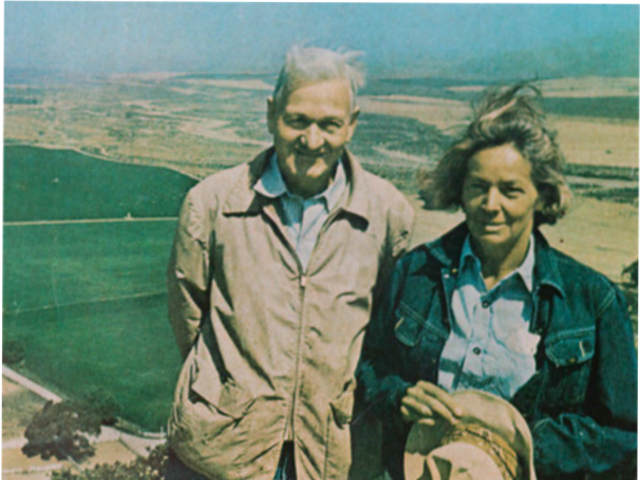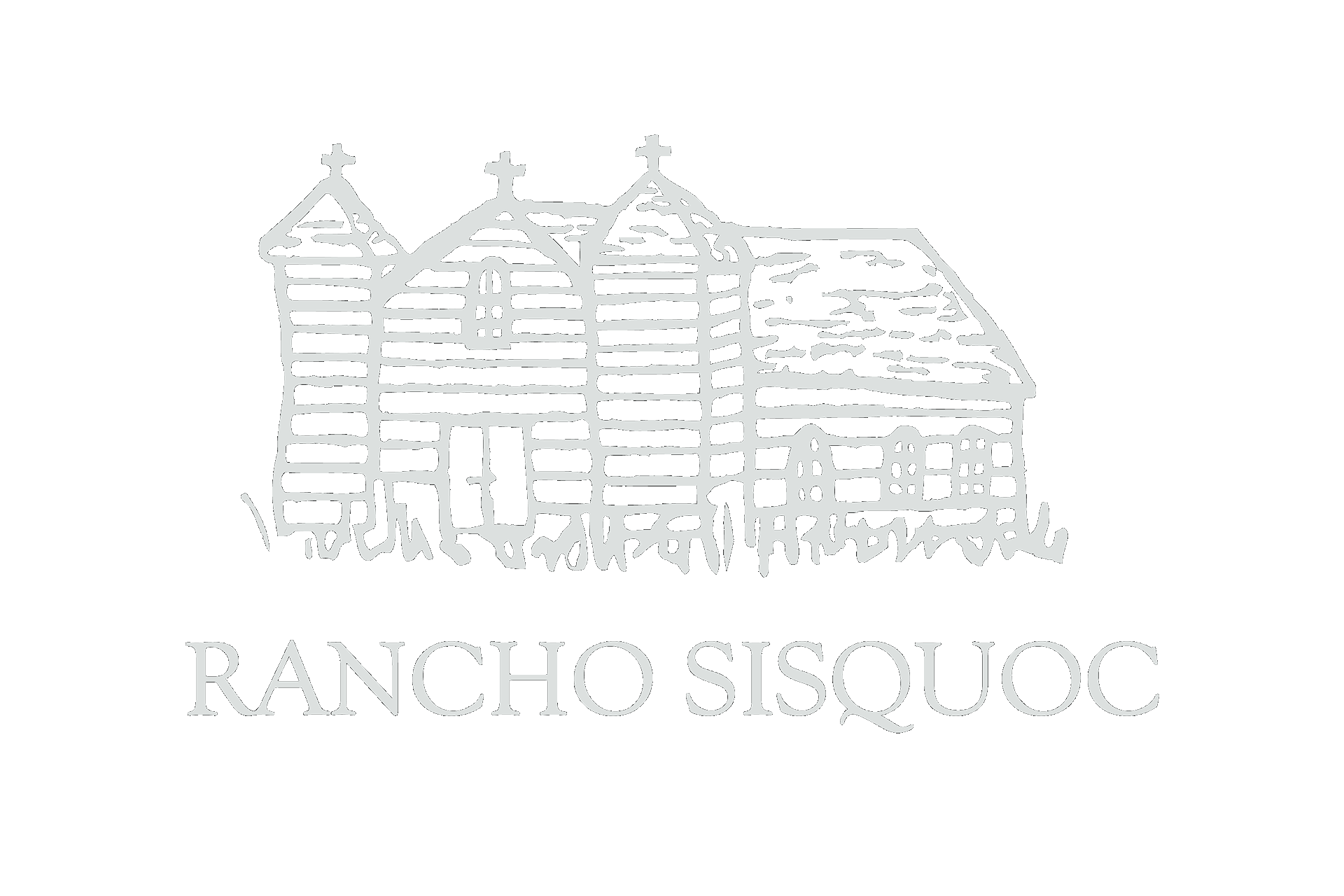
1850
James C. Flood arrived in California in 1850 in search of opportunity and sunshine. As early as 1882 the Flood Family was farming and ranching in California.

1952
James C. Flood’s grandson, Jim, and his wife Betty carried on the farming and ranching tradition when in 1952 they purchased the historic Rancho Sisquoc*.
In the 1950s the Floods ran Rancho Sisquoc primarily as a cattle ranch, whilst also farming beans and grain. Jim and Betty taught their four children Jimmie, Judy, Johnny, and Elizabeth how to ride horses whilst rounding up cattle. Today, their great-grandchildren (6th generation Floods) work on their riding skills with the cowboys on the ranch, as the cattle operation continues.
*’Sisquoc’ is the native Chumash word meaning quail. The Sisquoc River, a designated Wild and Scenic River, flows through the Los Padres National Forest, the San Rafael Wilderness, and Rancho Sisquoc before joining the Cuyama River up the coast from Santa Barbara.

1968
The chaparral watershed and Mediterranean climate inspired the Floods to plant their first vineyards in the late 1960s, some of the very first in Santa Barbara County.
The first test vines were planted with the guidance of Napa Valley enologist, Andre Tchelistcheff. Varietals were matched with the unique microclimates and terroir of Rancho Sisquoc.

1972
The very first Rancho Sisquoc estate wines, Cabernet and Riesling, were bottled.
Betty Flood, a talented artist, drew the wine label of the San Ramon Chapel on a napkin. It is this drawing that graces our wine labels to this very day.
The San Ramon Chapel, marking the entrance to Rancho Sisquoc, was built in 1875 and became the first official landmark in Santa Barbara County in 1966.

1973
The winery building is completed. This original building is our tasting room today.

1977
Rancho Sisquoc becomes a bonded winery and officially opens to the public.

1997
Our Wine Club is founded and the first shipments go out to a small number of Charter Members.

2020
Today we have almost 300 acres of vineyards, with 14 varietals planted, producing about 15,000 cases. There are over 1000 head of cattle on the ranch. The 6th generation of Floods remain at the helm of the ranch and winery operations to this day.

